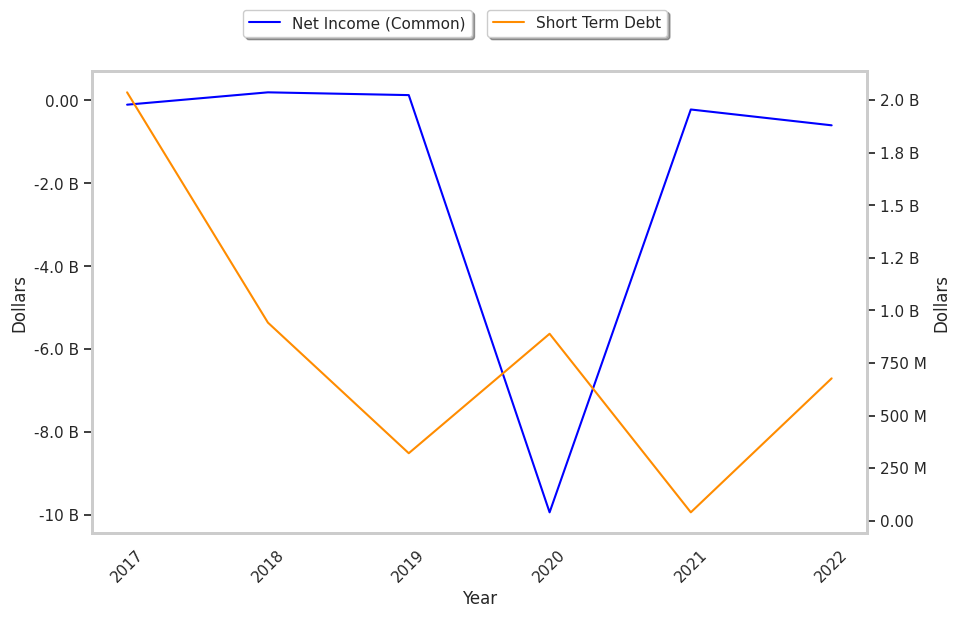Most analysts love Baker Hughes Company, which has an average rating of buy. But there's reason to believe the stock may be overvalued at today's price of $35.63 per share. Let's look at the fundamentals ourselves and see if we reach a different conclusion than the analyst community.
Baker Hughes Company has a P/E ratio of 31.0 based on its 12 month trailing earnings per share of $1.15. Considering its future earnings estimates of $2.03 per share, the stock's forward P/E ratio is 17.6. In comparison, the average P/E ratio of the Industrials sector is 20.49 and the average P/E ratio of the S&P 500 is 15.97.
Baker Hughes Company's P/E ratio tells us how much investors are willing to pay for each dollar of the company's earnings. The problem with this metric is that it doesn't take into account the expected growth in earnings of the stock. Sometimes elevated P/E ratios can be justified by equally elevated growth expectations.
We can solve this inconsistency by dividing the company's trailing P/E ratio by its five year earnings growth estimate, which in this case gives us a 0.56 Price to Earnings Growth (PEG) ratio. In BKR's case, the elevated P/E ratio is justified by future earnings growth estimates -- assuming those estimates turn out to be close to reality.
We can also compare the ratio of Baker Hughes Company's market price to its book value, which gives us the price to book, or P/B ratio. A company's book value refers to its present equity value -- or what is left over when we subtract its liabilities from its assets. BKR has a P/B ratio of 2.38, with any figure close to or below one indicating a potentially undervalued company.
A comparison of the share price versus company earnings and book value should be balanced by an analysis of the company's ability to pay its liabilities. One popular metric is the Quick Ratio, or Acid Test, which is the company's current assets minus its inventory and prepaid expenses divided by its current liabilities. Baker Hughes Company's quick ratio is 0.834. Generally speaking, a quick ratio above 1 signifies that the company is able to meet its liabilities.
The final element of our analysis will touch on Baker Hughes Company's ability to generate cash for the benefit of its shareholders or for reinvesting in the business. For this, we look at the company's levered free cash flow, which is the sum of all incoming and outgoing cash flows, including the servicing of current debt and liabilities. Baker Hughes Company has a free cash flow of $2.66 Billion, which it uses to pay its shareholders a 2.0% dividend.
By most metrics, Baker Hughes Company is an overvalued stock. So why are analysts giving it such a generous rating? It probably has to do with their perception of its strong growth potential, as represented by its low PEG ratio. For growth-oriented investors, BKR is represents an interesting opportunity despite its elevated valuation. They just need to be sure that the growth story will come true. We will continue to monitor the stock to see which thesis prevails.



